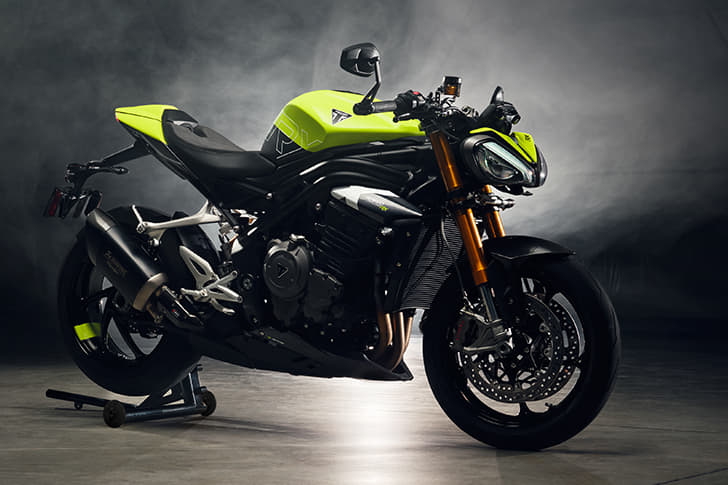Ather Energy’s founder and CEO Tarun Mehta has stated that by FY23 he expects one in five two-wheelers sold to be an EV. In terms of percentage, electric scooters will account for 20 percent of the overall two-wheeler market by the end of the current fiscal. He made these remarks while delivering the keynote address at the Autocar Professional EV Forum.
“We are seeing good demand on all fronts, and which is two to three times the supplies,” he added.
E-scooters have gone from 3-4 percent of market penetration in the scooter segment to 12 percent in a span of six months, Mehta said, adding that “what’s ahead of us is almost 25-30 percent market penetration in the next 12-18 months”.
India’s EV market has come a long way in the last nine years, from buyers being hesitant about EVs to now queuing up for one, he said. Ather Energy, which was established in 2013, has had to actually set up experience centres to convince potential customers that “electric is not a toy”.
“When you zoom into today, we are witnessing a reverse situation where demand is outstripping supply,” said Mehta. Also, unexpectedly, the early adopters have now come in from Tier 2 cities, and also a Tier 3 city, as “cost awareness is a national phenomenon”.
Explaining this trend, which is only expected to gain momentum, Mehta said growth is being seen in Tier 2 and Tier 3 markets because, unlike their cramped city counterparts, they have independent houses, where getting access to a 5A charging plug is not very difficult. “The issue of charging infrastructure doesn’t arise for two-wheelers there,” he stated.
However, Mehta said he was confident that one in every five two-wheelers sold will be an e-scooter by the turn of the fiscal, as demand from the metros is increasing as well. “Electric is aspirational, as it's connected with new technology, and that’s what people want to buy as they walk into EV experience centres, expecting to be wowed by what they will see,” he said.
Electric two-wheelers: battery safety
With regard to recent scooter fires, Mehta was categorical that EV battery safety has to be a part of the future roadmap for electric mobility in India. “EV fires are certainly not pretty,” he said, alluding to recent incidents of e-scooters, a truck carrying e-scooters, and a showroom catching fire. Close to a dozen fire incidents involving e-scooters have been reported from various parts of the country over the last eight to nine months.
In his remarks, Mehta attributed these incidents to a large-scale application of lithium-ion on electric two-wheelers. The current battery pack designs, he pointed out, are not very well designed for India. The Indian thermal scenario is far more punishing than that of China, Taiwan or Korea from where these packs are often imported. Most importantly, the quality of the battery is one of the reasons for the recent fires. The earlier e-scooters were powered by lead-acid batteries.
In his view, battery chemistry plays “a limited or no role” in the cause of a fire. At the most, he said, it had a bearing on the performance and could stall the vehicle. It’s the manufacturing quality that matters the most.
Electric two-wheelers: manufacturing design and testing
That is why, in his view, efforts have to be made on pack design, battery management system and the assembly and build quality. This is what many entrepreneurs aren’t realising and are not focusing enough on battery quality, he added. Importing equipment not made for the Indian climate from other markets and poor quality equipment has contributed to the recent incidents, he said.
“We need to put in a lot of effort into manufacturing design as well as functional testing, for which one needs a minimum three to five years for a pack design to mature in Indian conditions, as compared to eight to 10 months, which is one of the reasons for the fires," Mehta said.
Setting a context to his remarks, Mehta said that if every third or fourth customer in the country is going to be buying electric, then people’s expectations will change. There would also be implications for the supply chain and talent. India, he said, is going to be at the centre of the EV transition globally.
Electric two-wheelers: policy matters
On the role of the government, Mehta said that as the country builds its EV sector, there’s an opportunity for the government to work closely with the industry. “We need a policy tailored to India’s social and environmental conditions,” he said.
Going forward, Mehta said issues such as finance and insurance will not be a problem. The real challenge for the sector will be when subsidies begin to dry up in the next 2-3 years. In his view, “While some people are of the view that industry will be able to stand on its own feet, the truth is that it would not.”
Manufacturers of EVs currently get subsidies in the range of Rs 60,000-70,000, both from the Centre and state governments. The challenge for EV makers is to build a robust business model without the subsidies and not compromise on the affordability on a like-to-like comparison with an ICE scooter. "That will be the real litmus test for all EV players, including Ather," Mehta signed off.


































